 Welcome to our next installment of #WinephabetStreet. In this series, Debbie Gioquindo and I will be working our way through the wine world by way of the alphabet. Each month we will take the next letter in the alphabet and learn the characteristics and history of the grape, as well as suggested wine pairings. So uncork, unscrew or saber that bottle and connect with us as we chat, laugh and drink wine all in a laid back atmosphere.
Welcome to our next installment of #WinephabetStreet. In this series, Debbie Gioquindo and I will be working our way through the wine world by way of the alphabet. Each month we will take the next letter in the alphabet and learn the characteristics and history of the grape, as well as suggested wine pairings. So uncork, unscrew or saber that bottle and connect with us as we chat, laugh and drink wine all in a laid back atmosphere.
B is for Beaujolais
Beaujolais, a portion of the Rhone, is a wine region located just south of Burgundy, France. The region typically sees a warm growing season which results in wines that tend to be fruity, but still has significant age ability. There is a significant difference in temperature between the northern and southern regions. The wines are produced using the process known as carbonic maceration.
Beaujolais wines are made from the Gamay grape. 98% of the plantings in Beaujolais are Gamay, which is a cross between Pinot Noir and Gouis Blanc. The clusters are small, cylindrical and compact, while the berries are small to medium, short and oval in shape. They are purple with a bluish-white bloom. Its leaves are medium, mostly entire with shallow lateral sinuses and the shoot tips are downy and white. The fruit has thin skins, low tannins and vibrant fruit. The vine is moderately vigorous with a semi-upright growth habit and budbreak is fairly early.
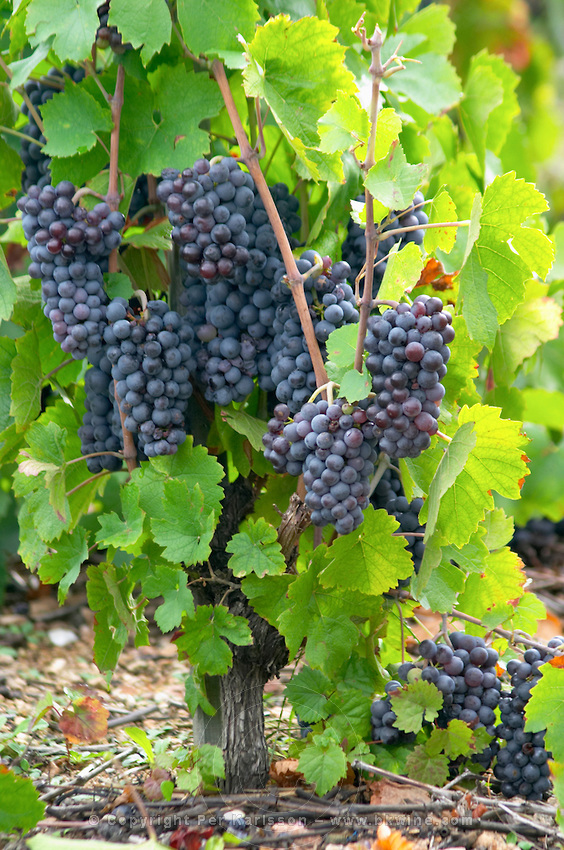
The grape varietal most likely originated in Germany and arrived in France around the 14th Century. There are twelve main appellations of Beaujolais wines covering the production of more than 96 villages in the Beaujolais region. In the 1930s, the French appellation governing board Institut National des Appellations d’Origine created 10 Crus and each differ in character.
Brouilly is the largest Cru in Beaujolais. The wines from this region are noted for their aromas of blueberries, cherries, raspberries and currants.
Côte de Brouilly is located on the slopes of an extinct volcano. These wines are more deeply concentrated with less earthiness. Both Brouilly and Côte de Brouilly are the only Cru Beaujolais regions that permits grapes other than Gamay to be produced.
Régnié is the youngest Cru, graduating from a Village in 1988. The wines here are full bodies and known for its red currant and raspberry flavors.
Chiroubles has the vineyards in the highest altitudes. The wines from this region are the most aromatic.
Fleurie is one of the most largely exported Cru into the United States. The wines are known for their floral bouquet and velvet texture. Look for a vin e garde on the label. This means that the wine has come from ideal vintages and is meant to age for at least four years and consumed up to 16 years.
Saint-Amour wines are noted for the spicy flavors and peach aromas. Local lore suggests that this region was named after St. Amateur, a Roman soldier who converted to Christianity after escaping death in the area.
Chénas is the smallest Cru and is known for the aroma of wild roses. The area name is derived from th French oak trees (chéne) on the hillsides. The wines are meant to be consumed between four and ten years.
Juliénas is located in a village named after Julius Caesar. These wines are known for their richness and spice with aromas of peonies.
Morgon produces extremely earthy wines that take on a Burgundian character after about five years of aging. These wines tend to be the deepest in color and the most rich.
Moulin-à-Vent wines are similar to Chénas. These wines tend to age the longest, up to ten years. With high manganese levels in the soils, which can be toxic to the vine, the vines here are not killed, but altered. The metabolism change leads to severely reduced yields and the most full bodied wines being able to age up to 20 years.
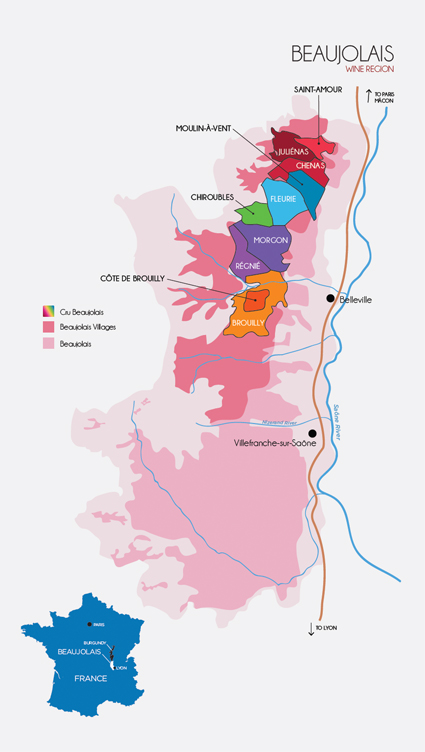
In My Glass
I poured a 2015 Georges Dubœuf Morgon Belles Grives.
Variety is the spice of life and we have loads of options for you to choose from in order to listen. Ready to listen now? Just click the play button.
Can’t listen right now, no problem, click the title link and you will be brought to our homepage where you’ll have the option to download the podcast.
Ep. 23 Winephabet Street; B is for Beaujolais
Don’t have time right now or prefer to listen on the run? We are on iTunes, Google Play Music, RSS Radio, Overcast and Stitcher. We’d appreciate you clicking the subscribe button on your favorite podcast app and please take a minute to review us. Each review will help others to find us!
Podcasting not really your thing? No problem, You can watch a replay of the live stream video on our YouTube channel or right here. I hope you enjoy!
Our next episode of Winephabet Street will air on Monday, August 21, 2017 at 8pm EST. You can sign up for a reminder here. The letter of the day will be C and it stands for Carménère.
~Sláinte!
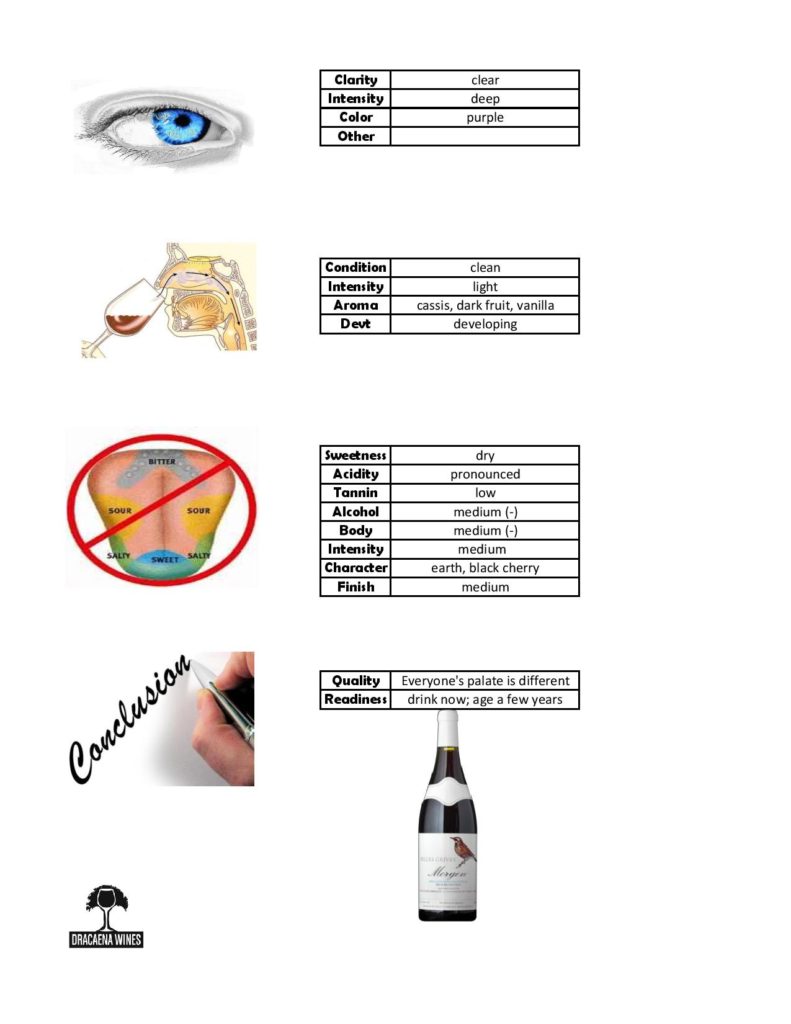
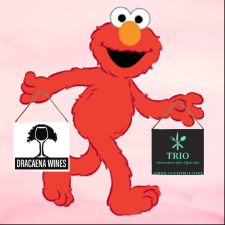

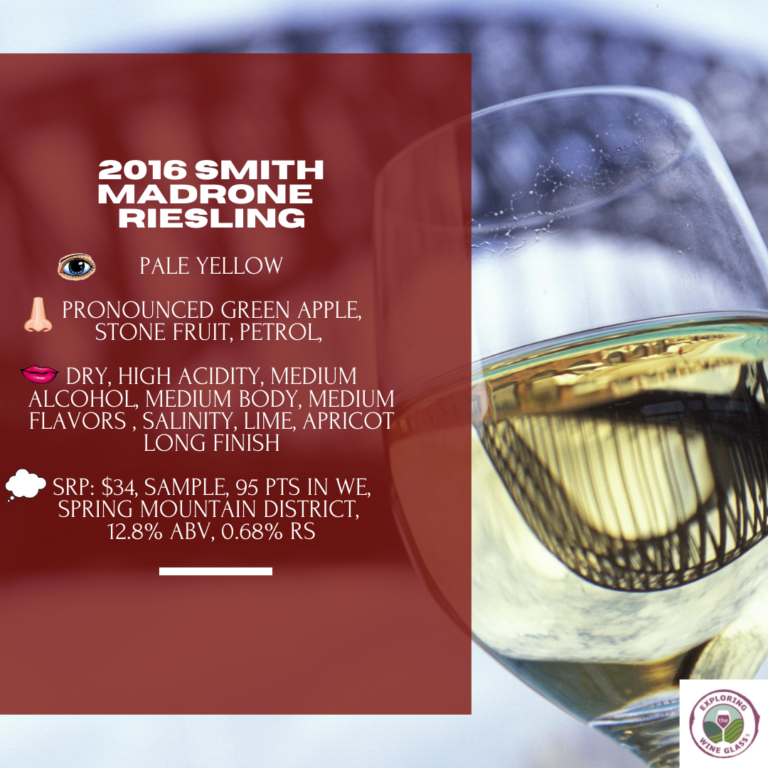
Beaujolais is one of my favorite easy reds to drink with dinner! Love this idea of a wine alphabet!
Thank you so much Alaine. I had the idea for awhile but knew I needed a partner. So happy when Debbie said she was interested!